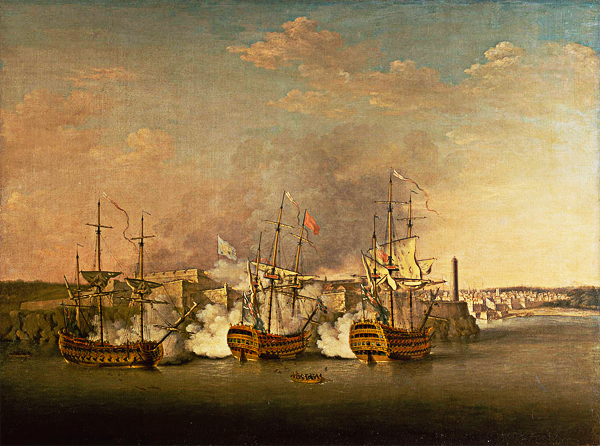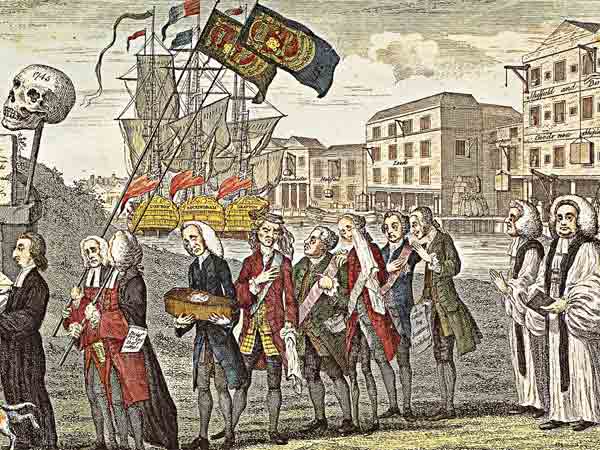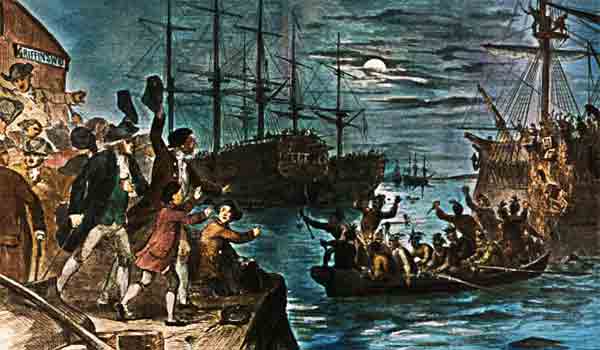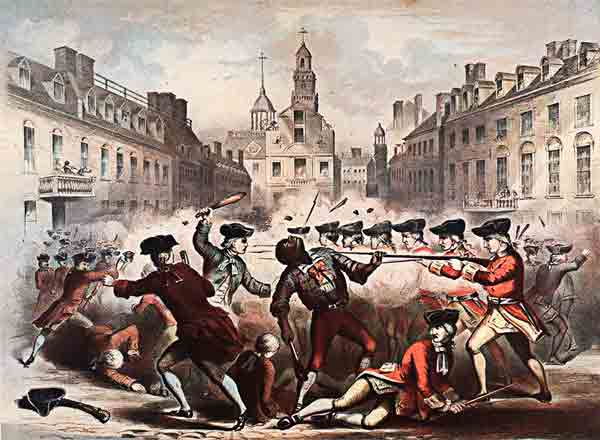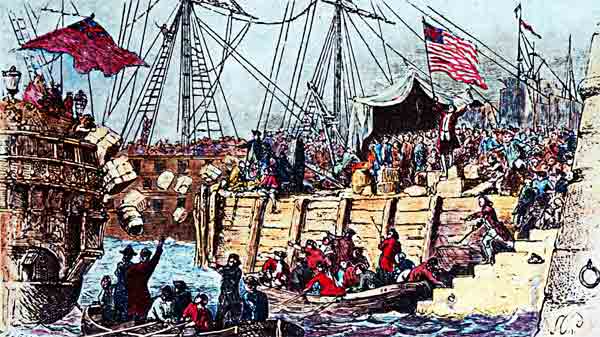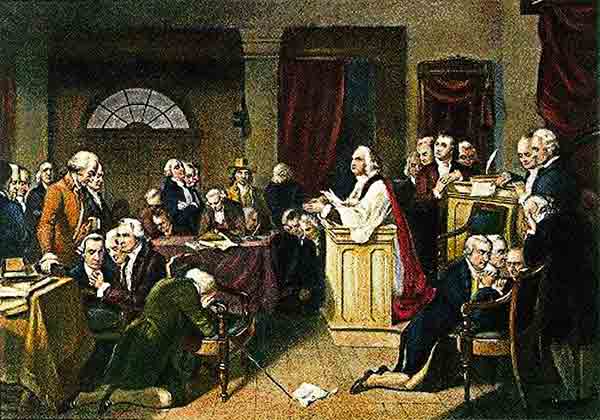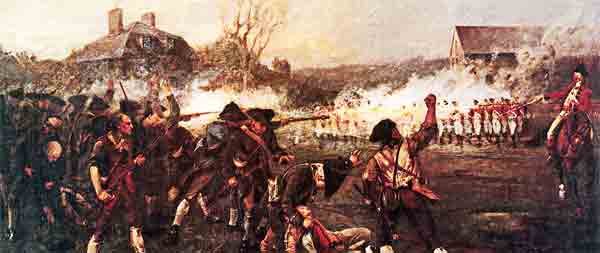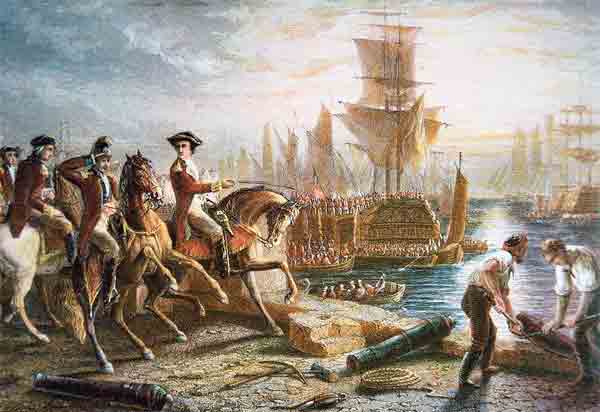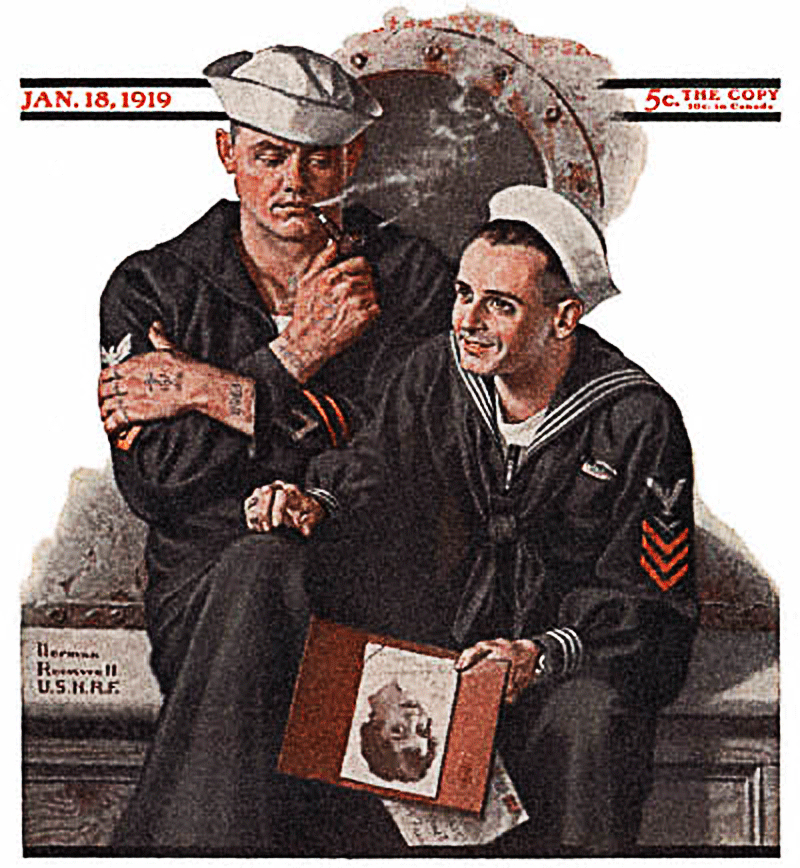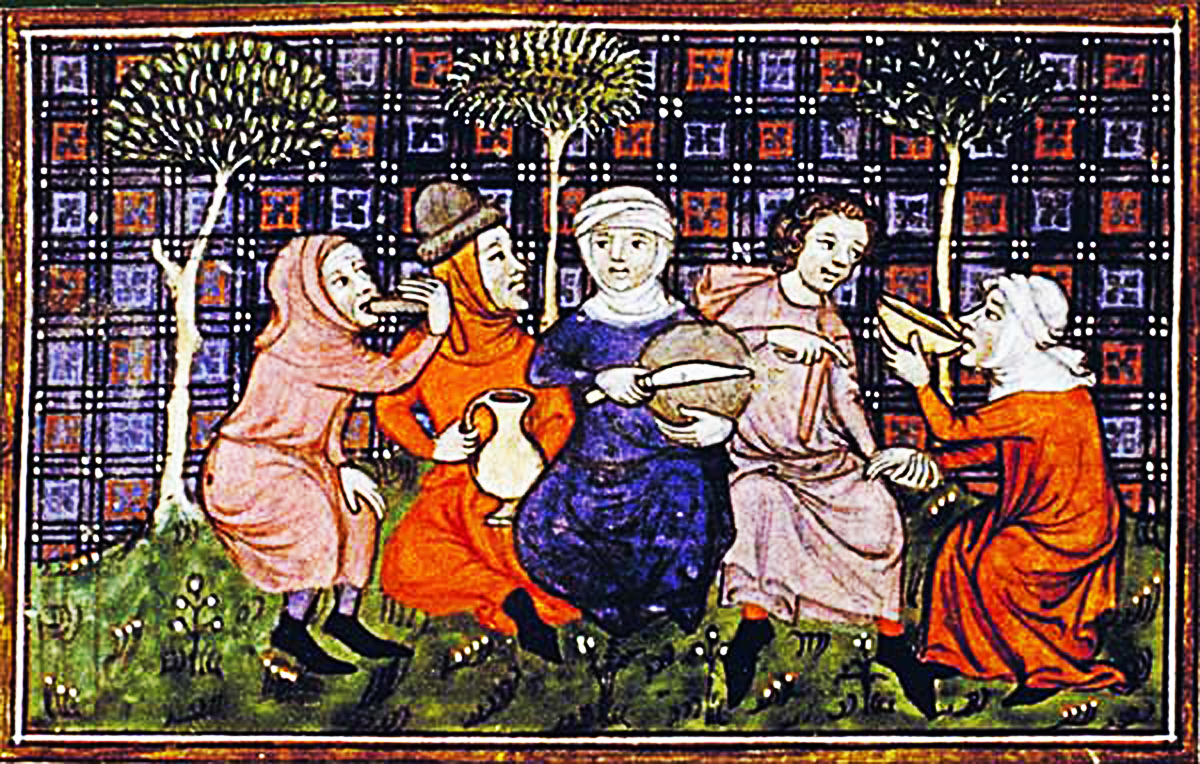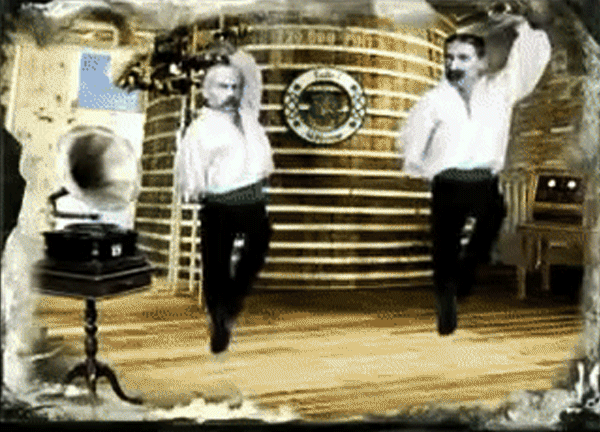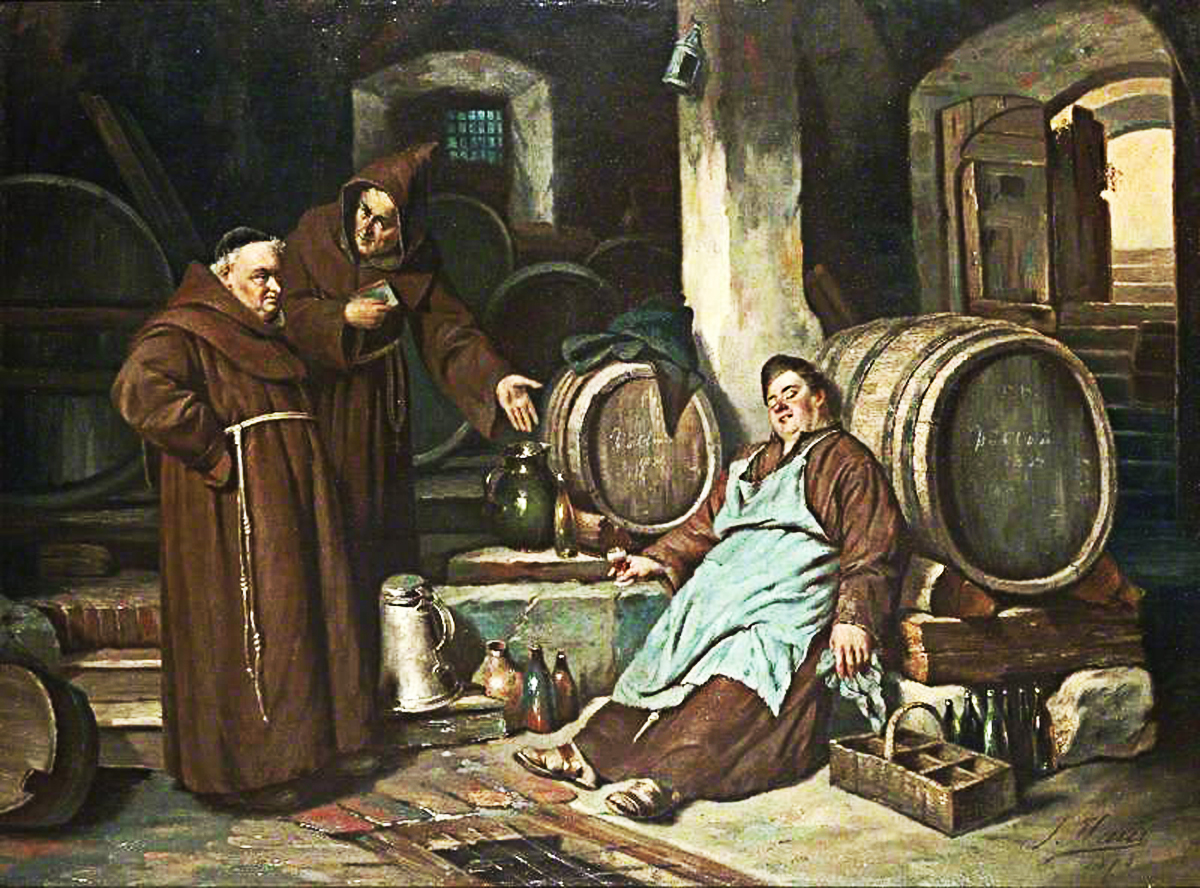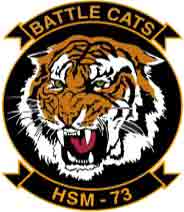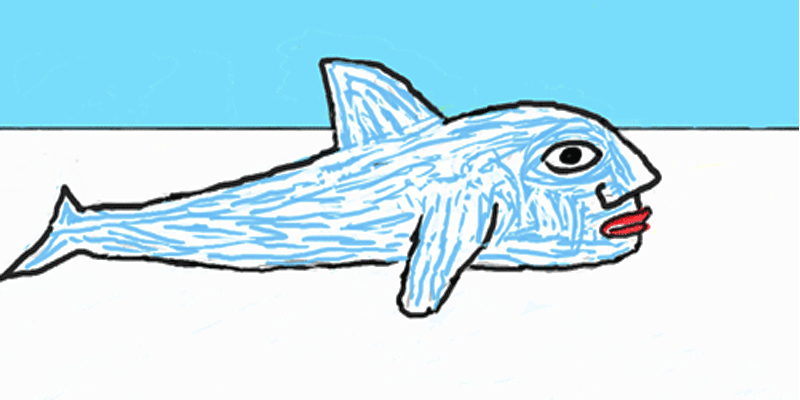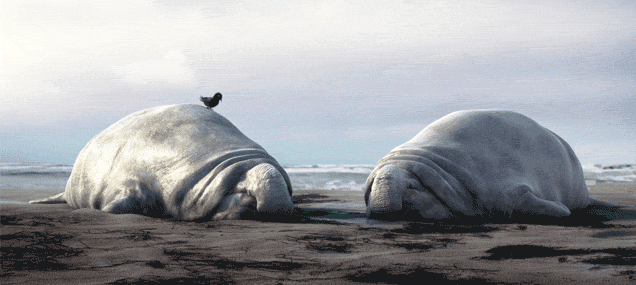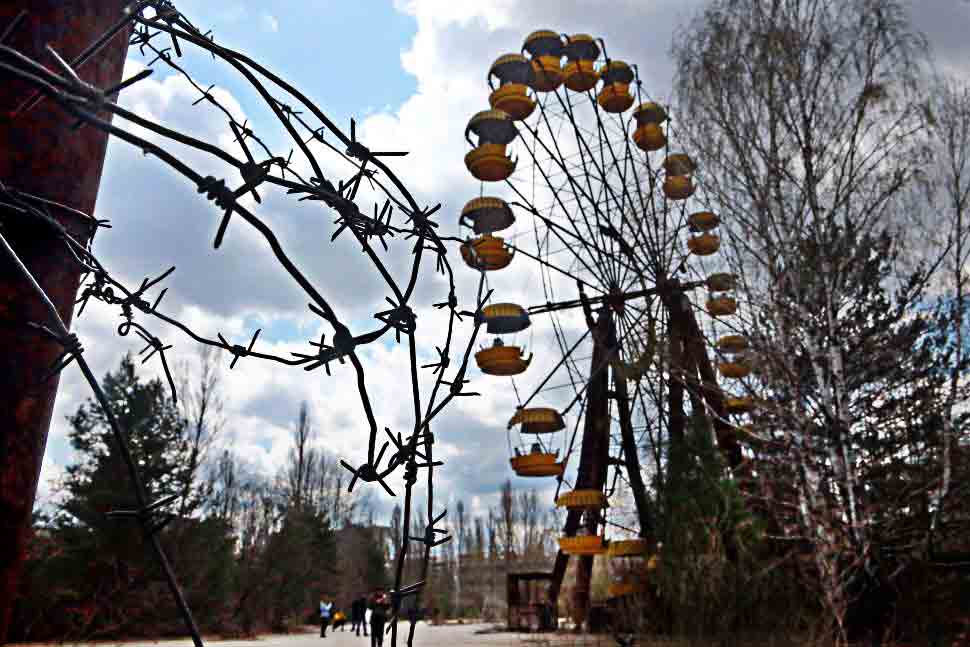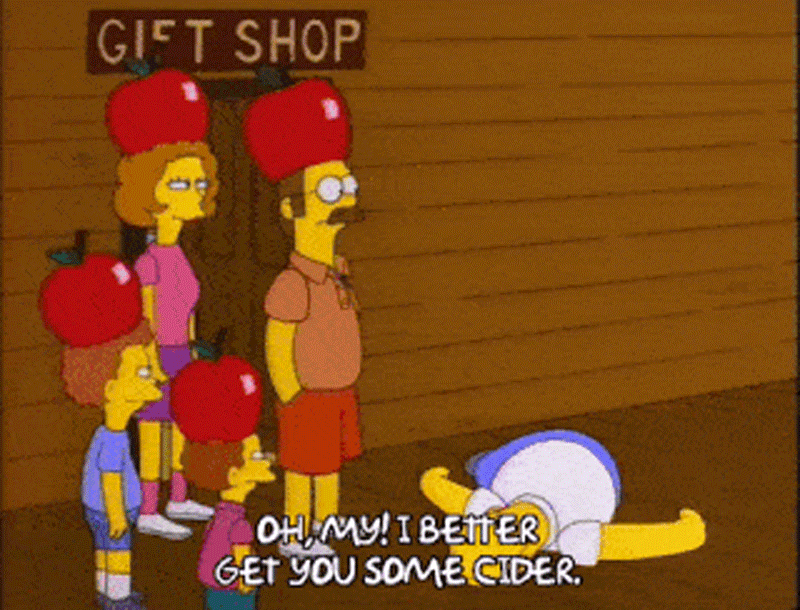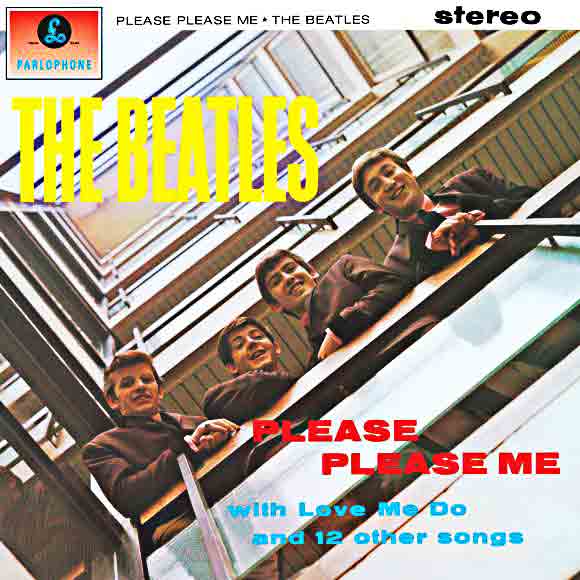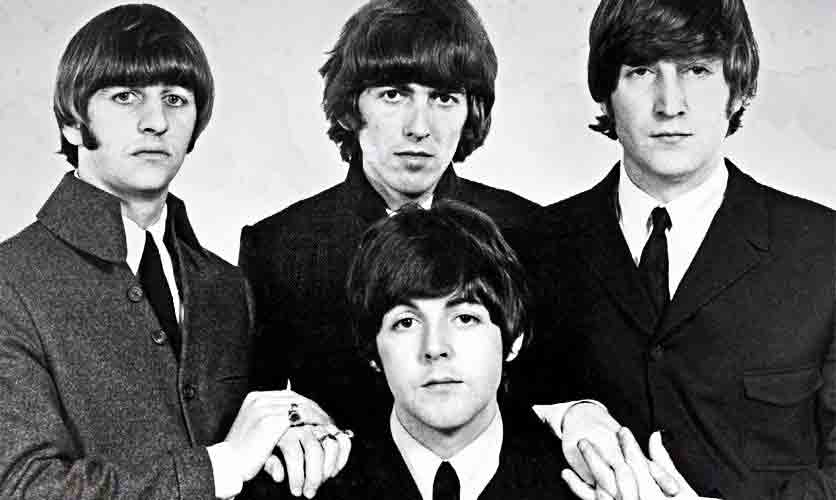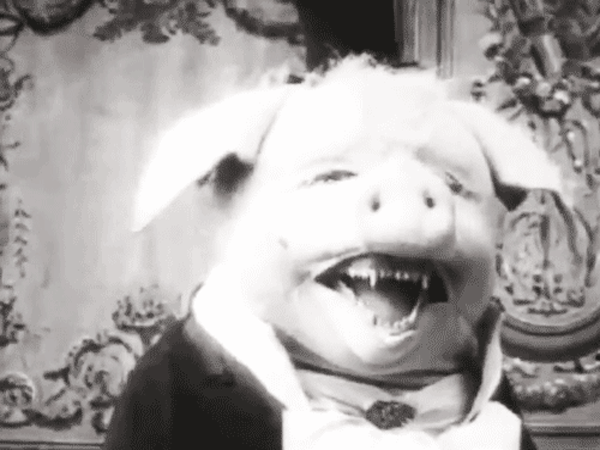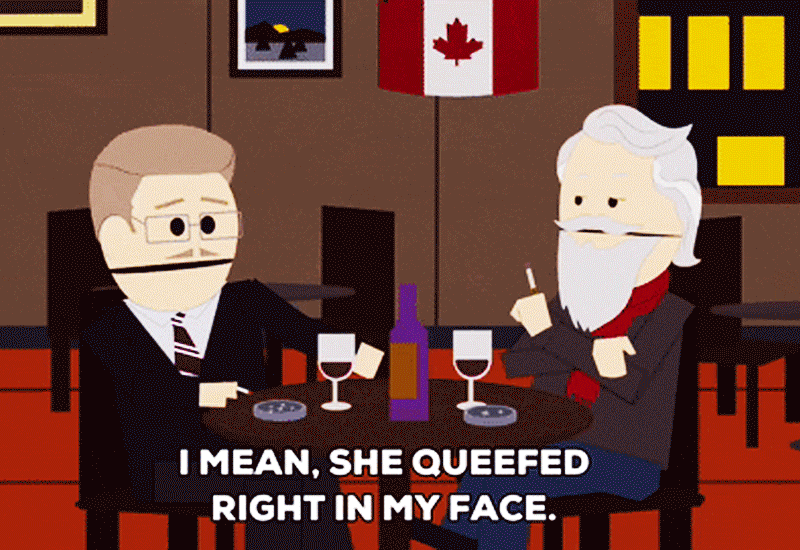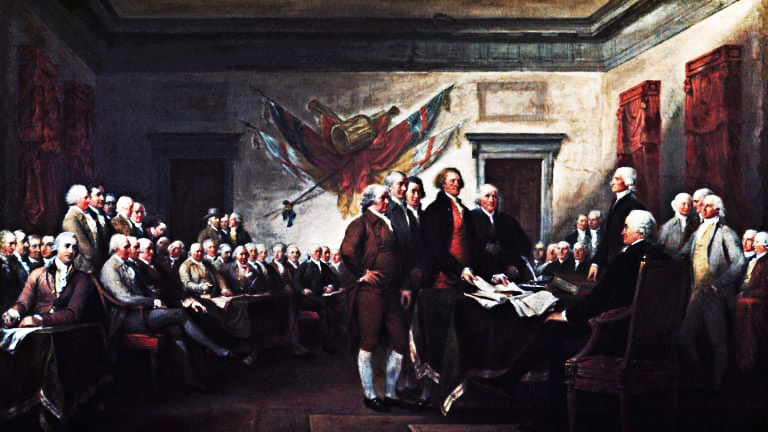
Continental Congress Approves Final Wording of the Declaration of Independence on July 4, 1776
Continental Congress Approves Final Wording of the Declaration of Independence: We think of July 4, 1776, as a day that represents the Declaration of Independence and the birth of the United States of America as an independent nation.
But July 4, 1776 wasn't the day that the Continental Congress decided to declare independence (they did that on July 2, 1776).
It wasn’t the day we started the American Revolution either (that had happened back in April 1775).
And it wasn't the day Thomas Jefferson wrote the first draft of the Declaration of Independence (that was in June 1776).
Or the date on which the Declaration was delivered to Great Britain (that didn't happen until November 1776). Or the date it was signed (that was August 2, 1776).
So what did happen on July 4, 1776?
The Continental Congress approved the final wording of the Declaration of Independence on July 4, 1776. They'd been working on it for a couple of days after the draft was submitted on July 2nd and finally agreed on all of the edits and changes.
July 4, 1776, became the date that was included on the Declaration of Independence, and the fancy handwritten copy that was signed in August (the copy now displayed at the National Archives in Washington, D.C.) It’s also the date that was printed on the Dunlap Broadsides, the original printed copies of the Declaration that were circulated throughout the new nation. So when people thought of the Declaration of Independence, July 4, 1776 was the date they remembered.
In contrast, we celebrate Constitution Day on September 17th of each year, the anniversary of the date the Constitution was signed, not the anniversary of the date it was approved. If we’d followed this same approach for the Declaration of Independence we’d being celebrating Independence Day on August 2nd of each year, the day the Declaration of Independence was signed!
How did the Fourth of July become a national holiday?
For the first 15 or 20 years after the Declaration was written, people didn’t celebrate it much on any date. It was too new and too much else was happening in the young nation.
By the 1790s, a time of bitter partisan conflicts, the Declaration had become controversial. One party, the Democratic-Republicans, admired Jefferson and the Declaration.
But the other party, the Federalists, thought the Declaration was too French and too anti-British, which went against their current policies.
By 1817, John Adams complained in a letter that America seemed uninterested in its past. But that would soon change.
After the War of 1812, the Federalist party began to come apart and the new parties of the 1820s and 1830s all considered themselves inheritors of Jefferson and the Democratic-Republicans.
Printed copies of the Declaration began to circulate again, all with the date July 4, 1776, listed at the top.
The deaths of Thomas Jefferson and John Adams on July 4, 1826, may even have helped to promote the idea of July 4 as an important date to be celebrated.
Celebrations of the Fourth of July became more common as the years went on and in 1870, almost a hundred years after the Declaration was written, Congress first declared July 4 to be a national holiday as part of a bill to officially recognize several holidays, including Christmas. Further legislation about national holidays, including July 4, was passed in 1939 and 1941.
SEVEN Events That Enraged Colonists and Led to the American Revolution
Colonists didn't just take up arms against the British out of the blue. A series of events escalated tensions that culminated in America's war for independence.
The American colonists’ breakup with the British Empire in 1776 wasn’t a sudden, impetuous act. Instead, the banding together of the 13 colonies to fight and win a war of independence against the Crown was the culmination of a series of events, which had begun more than a decade earlier.
Escalations began shortly after the end of the “French and Indian War” known elsewhere as the “Seven Years War” in 1763. Here are a few of the pivotal moments that led to the American Revolution.
1. The Stamp Act (March 1765)
To recoup some of the massive debt left over from the war with France, Parliament passed laws such as the Stamp Act, which for the first time taxed a wide range of transactions in the colonies.
“Up until then, each colony had its own government which decided which taxes they would have, and collected them”, explains Willard Sterne Randall, a professor emeritus of history at Champlain College and author of numerous works on early American history, including “Unshackling America”: How the War of 1812 Truly Ended the American Revolution. “They felt that they’d spent a lot of blood and treasure to protect the colonists from the Indians, and so they should pay their share.”
The colonists didn’t see it that way. They resented not only having to buy goods from the British but pay tax on them as well. “The tax never got collected, because there were riots all over the pace”, Randall says. Ultimately, Benjamin Franklin convinced the British to rescind it, but that only made things worse. “That made the Americans think they could push back against anything the British wanted”, Randall says.
2. The Townshend Acts (June-July 1767)
Parliament again tried to assert its authority by passing legislation to tax goods that the Americans imported from Great Britain. The Crown established a board of customs commissioners to stop smuggling and corruption among local officials in the colonies, who were often in on the illicit trade.
Americans struck back by organizing a boycott of the British goods that were subject to taxation, and began harassing the British customs commissioners. In an effort to quell the resistance, the British sent troops to occupy Boston, which only deepened the ill feeling.
3. The Boston Massacre (March 1770)
Simmering tensions between the British occupiers and Boston residents boiled over one late afternoon, when a disagreement between an apprentice wigmaker and a British soldier led to a crowd of 200 colonists surrounding seven British troops. When the Americans began taunting the British and throwing things at them, the soldiers apparently lost their cool and began firing into the crowd.
As the smoke cleared, three men—including an African American sailor named Crispus Attucks - were dead, and two others were mortally wounded. The massacre became a useful propaganda tool for the colonists, especially after Paul Revere distributed an engraving that misleadingly depicted the British as the aggressors.
READ MORE: Did a Snowball Fight Start the American Revolution?
4. The Boston Tea Party (December 1773)
The British eventually withdrew their forces from Boston and repealed much of the onerous Townshend legislation. But they left in place the tax on tea, and in 1773 enacted a new law, the Tea Act, to prop up the financially struggling British East India Company. The act gave the company extended favorable treatment under tax regulations, so that it could sell tea at a price that undercut the American merchants who imported from Dutch traders.
That didn’t sit well with Americans. “They didn’t want the British telling them that they had to buy their tea, but it wasn’t just about that,” Randall explains. “The Americans wanted to be able to trade with any country they wanted.”
The Sons of Liberty, a radical group, decided to confront the British head-on. Thinly disguised as Mohawks, they boarded three ships in Boston harbor and destroyed more than 92,000 pounds of British tea by dumping it into the harbor. To make the point that they were rebels rather than vandals, they avoided harming any of the crew or damaging the ships themselves, and the next day even replaced a padlock that had been broken.
Nevertheless, the act of defiance “really ticked off the British government”, Randall explains. “Many of the East India Company’s shareholders were members of Parliament. They each had paid 1,000 pounds sterling - that would probably be about a million dollars now - for a share of the company, to get a piece of the action from all this tea that they were going to force down the colonists’ throats. So when these bottom-of-the-rung people in Boston destroyed their tea, that was a serious thing to them.”
5. The Coercive Acts (March-June 1774)
In response to the Boston Tea Party, the British government decided that it had to tame the rebellious colonists in Massachusetts. In the spring of 1774, Parliament passed a series of laws, the Coercive Acts, which closed Boston Harbor until restitution was paid for the destroyed tea, replaced the colony’s elected council with one appointed by the British, gave sweeping powers to the British military governor General Thomas Gage, and forbade town meetings without approval.
Yet another provision protected British colonial officials who were charged with capital offenses from being tried in Massachusetts, instead requiring that they be sent to another colony or back to Great Britain for trial.
But perhaps the most provocative provision was the Quartering Act, which allowed British military officials to demand accommodations for their troops in unoccupied houses and buildings in towns, rather than having to stay out in the countryside. While it didn’t force the colonists to board troops in their own homes, they had to pay for the expense of housing and feeding the soldiers. The quartering of troops eventually became one of the grievances cited in the Declaration of Independence.
6. Lexington and Concord (April 1775)
British General Thomas Gage led a force of British soldiers from Boston to Lexington, where he planned to capture colonial radical leaders Sam Adams and John Hancock, and then head to Concord and seize their gunpowder. But American spies got wind of the plan, and with the help of riders such as Paul Revere, word spread to be ready for the British.
On the Lexington Common, the British force was confronted by 77 American militiamen, and they began shooting at each other. Seven Americans died, but other militiamen managed to stop the British at Concord, and continued to harass them on their retreat back to Boston.
The British lost 73 dead, with another 174 wounded and 26 missing in action. The bloody encounter proved to the British that the colonists were fearsome foes who had to be taken seriously. It was the start of America’s war of independence.
7. British attacks on coastal towns (October 1775-January 1776)
Though the Revolutionary War’s hostilities started with Lexington and Concord, Randall says that at the start, it was unclear whether the southern colonies, whose interests didn’t necessarily align with the northern colonies, would be all in for a war of independence.
“The southerners were totally dependent upon the English to buy their crops, and they didn’t trust the Yankees”, he explains. “And in New England, the Puritans thought the southerners were lazy.”
But that was before the brutal British naval bombardments and burning of the coastal towns of Falmouth, Massachusetts and Norfolk, Virginia helped to unify the colonies. In Falmouth, where townspeople had to grab their possessions and flee for their lives, northerners had to face up to “the fear that the British would do whatever they wanted to them”, Randall says.
As historian Holger Hoock has written, the burning of Falmouth shocked General George Washington, who denounced it as “exceeding in barbarity & cruelty every hostile act practiced among civilized nations”.
Similarly, in Norfolk, the horror of the town’s wooden buildings going up in flames after a seven-hour naval bombardment shocked the southerners, who also knew that the British were offering African Americans their freedom if they took up arms on the loyalist side. “Norfolk stirred up fears of a slave insurrection in the South”, Randall says.
Leaders of the rebellion seized the burnings of the two ports to make the argument that the colonists needed to band together for survival against a ruthless enemy and embrace the need for independence - a spirit that ultimately would lead to their victory.
History Channel / Wikipedia / Encyclopedia Britannica /
History Channel / Constitution Center.org / National Archives.gov / Library Of Congress.gov / Gilder Lehrman Institute Of American History.org /
Continental Congress Approves Final Wording of the Declaration of Independence on July 4, 1776 (YouTube) 
